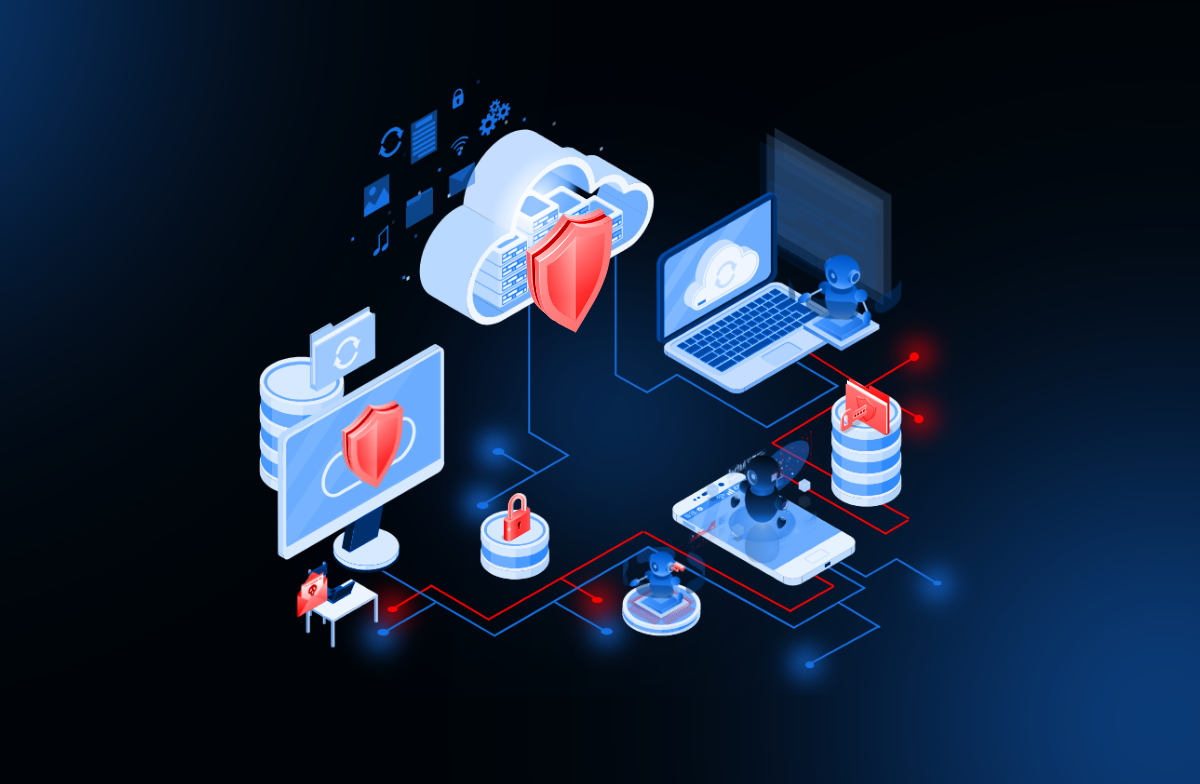
Enhancing Business Continuity with Disaster Recovery as a Service (DRaaS)
In today’s interconnected and data-driven world, business continuity is paramount. Organizations rely on their IT infrastructure to operate seamlessly and protect their valuable data from disruptions caused by natural disasters, cyberattacks, or other unforeseen events. Disaster Recovery as a Service (DRaaS) has emerged as a powerful tool for enhancing business continuity by providing off-site data replication and failover capabilities.
What is Disaster Recovery as a Service (DRaaS)?
DRaaS is a cloud-based disaster recovery solution that enables organizations to replicate their critical data and applications to a secure, off-site cloud environment. In the event of a disaster or outage, DRaaS allows organizations to quickly failover to their cloud-based infrastructure, ensuring minimal downtime and disruption to business operations.
Why is DRaaS Important for Business Continuity?
DRaaS offers several key benefits for business continuity:
Rapid Recovery
DRaaS enables organizations to recover from disasters quickly and efficiently, minimizing downtime and revenue loss.
Reduced Costs
DRaaS eliminates the need for costly on-premises disaster recovery infrastructure, reducing capital expenditures and ongoing maintenance expenses.
Scalability
DRaaS provides scalable resources to accommodate changing business needs, ensuring that organizations can effectively recover from disasters of any size.
Enhanced Security
DRaaS leverages the security expertise and infrastructure of cloud providers, ensuring the protection of critical data even during disasters.
How Does DRaaS Work?
DRaaS typically involves the following steps:
Data Replication
Organizations replicate their critical data to the cloud provider’s secure data center.
Continuous Monitoring
DRaaS solutions continuously monitor on-premises infrastructure for signs of trouble.
Automated Failover
In the event of a disaster, DRaaS automatically initiates the failover process, bringing the cloud-based infrastructure online.
Testing and Recovery
Regular testing and recovery exercises ensure that the DRaaS solution is operational and ready to restore business continuity.
DRaaS in Action: A Real-World Example
Consider a retail company with multiple stores across the country. A natural disaster, such as a hurricane, could disrupt operations at one or more of the stores, causing significant downtime and revenue loss. With DRaaS in place, the company can quickly failover to its cloud-based infrastructure, enabling customers to continue making online purchases and ensuring that critical business processes, such as inventory management and order fulfillment, remain operational.
Conclusion
DRaaS is an indispensable tool for enhancing business continuity in today’s increasingly complex and unpredictable world. By providing rapid recovery, reduced costs, scalability, and enhanced security, DRaaS enables organizations to protect their critical data and maintain business operations even in the face of unforeseen disasters. As organizations continue to move their IT infrastructure to the cloud, DRaaS is poised to play an even more critical role in ensuring business resilience and success.


